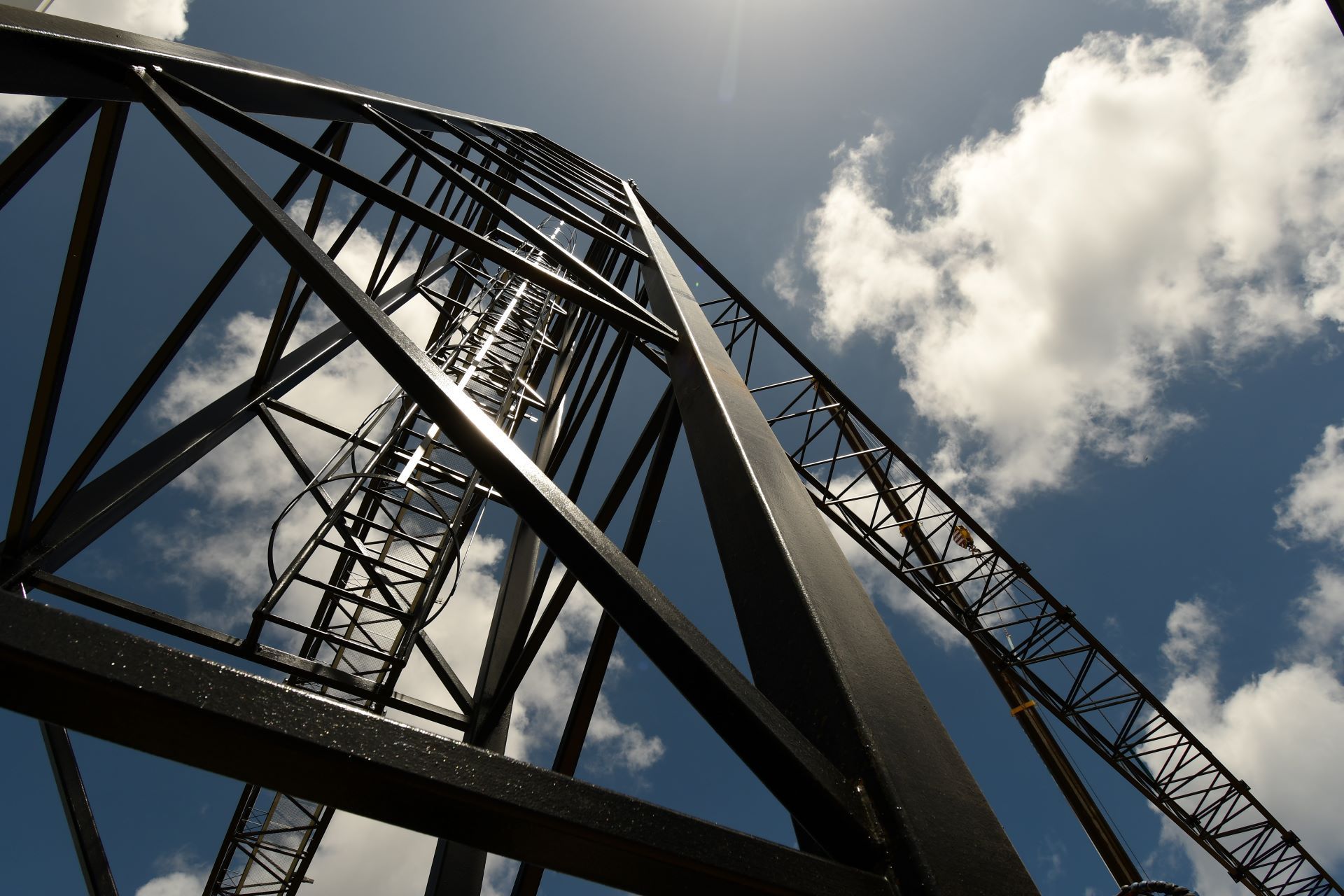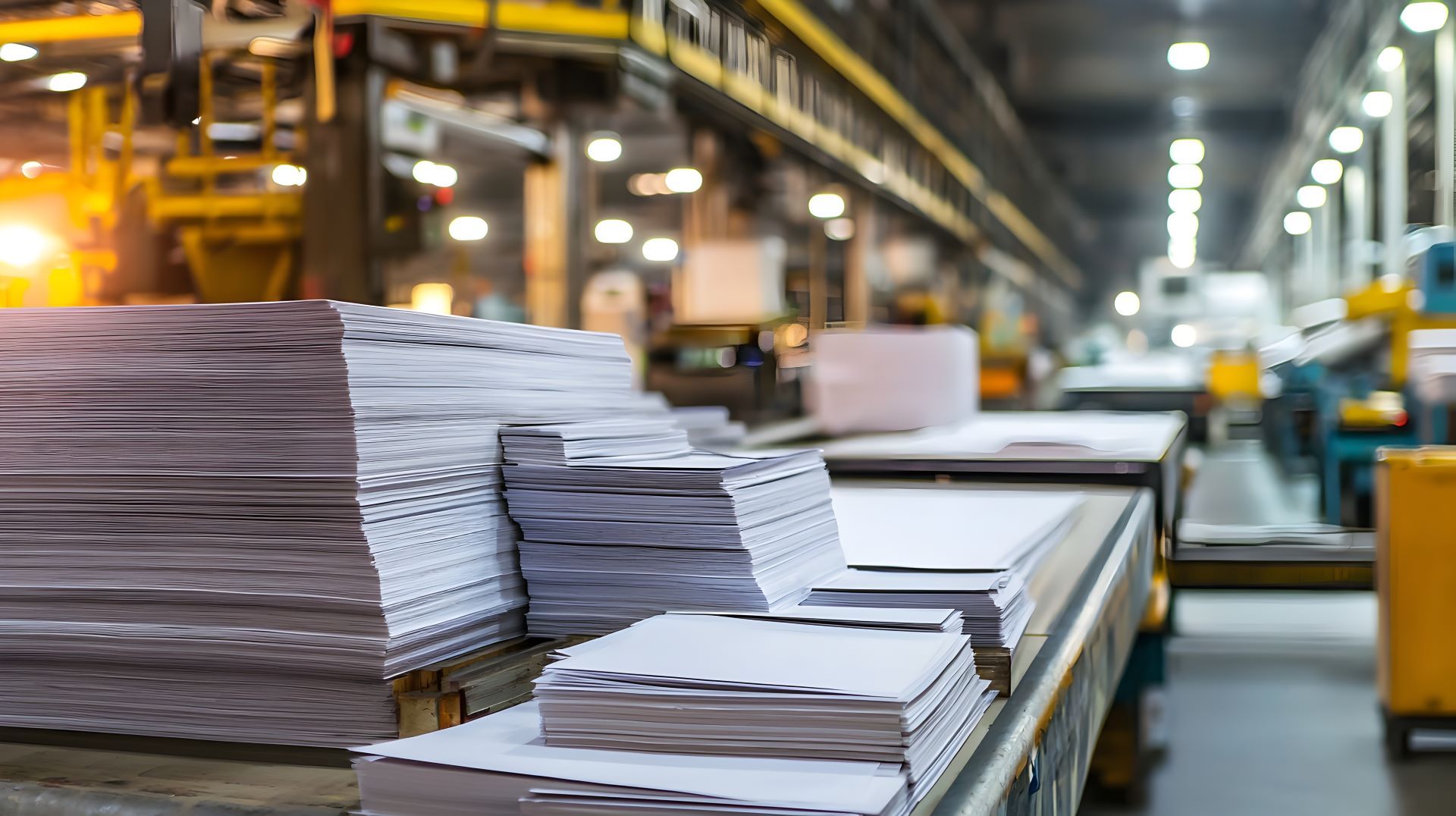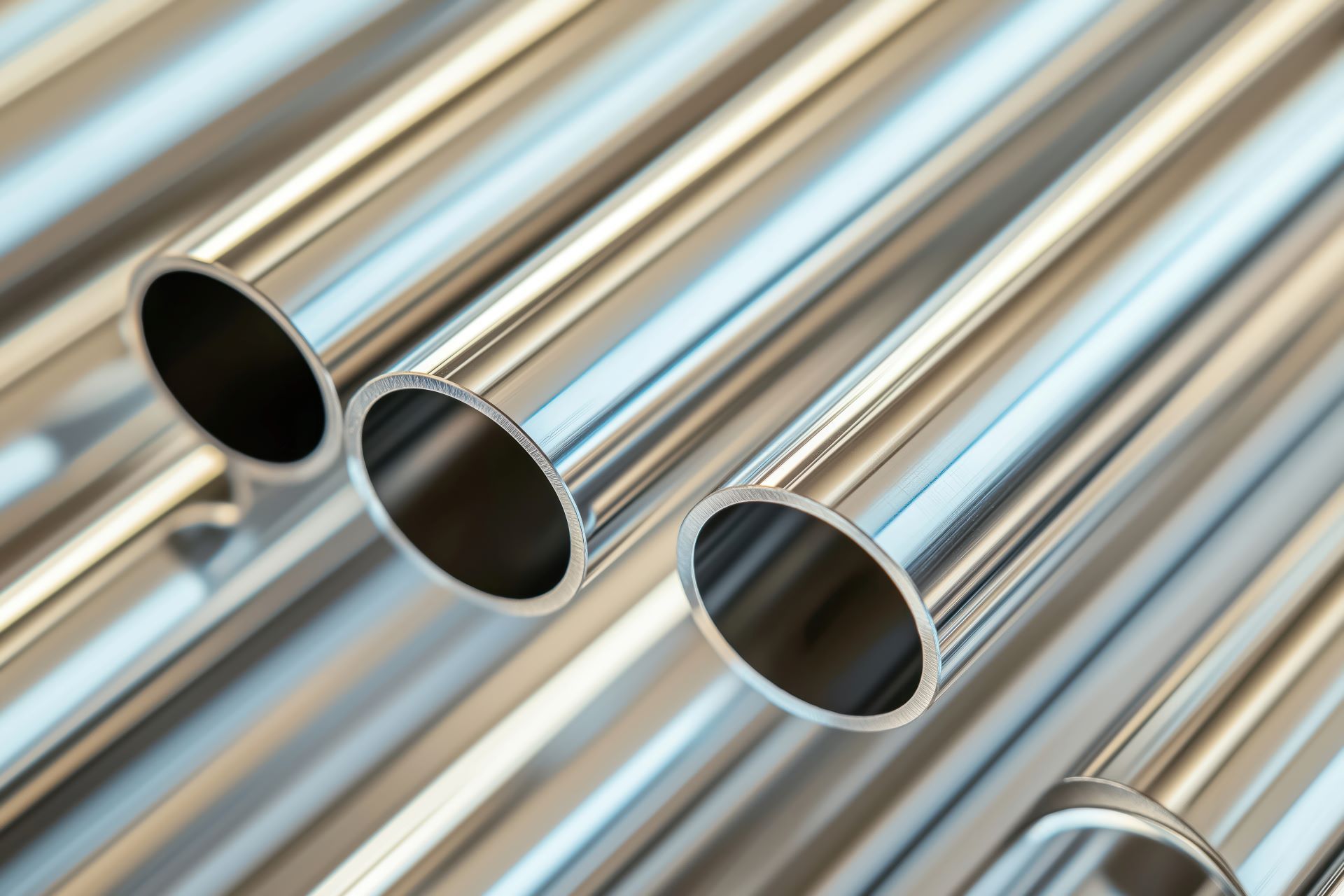Stainless Pipe vs. Tube: What Fabricators Should Know for Process Piping Systems
In the world of sanitary and industrial fabrication, understanding the difference between stainless steel pipe and tube is essential, especially when specifying materials for process piping systems. While the terms are often used interchangeably, stainless pipe and stainless tube serve different purposes and are held to different standards.
Whether you're designing a CIP (clean-in-place) system in a food plant or routing utility lines in a pharmaceutical facility, choosing the right form of stainless steel-pipe vs. tube-can affect code compliance, flow capacity, structural strength, and long-term performance.
Understanding the Basics: Pipe vs. Tube
The core difference between pipe and tube lies in how each is measured and used.
- Pipe is typically used for transporting fluids or gases. It is defined by its nominal pipe size (NPS) and schedule (wall thickness).
- Tube is generally used in structural or aesthetic applications and is measured by its outside diameter (OD) and wall thickness.
Both forms can be made from 304, 316, or 316L stainless steel, but their specifications, tolerances, and end-use applications diverge significantly.
Comparison: Stainless Steel Pipe vs. Tube
Here’s a side-by-side look at the most important distinctions:
| Characteristic | Stainless Pipe | Stainless Tube |
|---|---|---|
| Measurement Standard | Nominal Pipe Size (NPS) and Schedule (wall) | Actual Outside Diameter (OD) and Wall Thickness |
| Primary Use | Transport of liquids, gases, steam | Structural support, instrumentation, handrails |
| Wall Thickness | Specified by Schedule (e.g., SCH 10, SCH 40) | Specified in inches or gauge |
| Dimensional Tolerance | Looser tolerances | Tighter tolerances |
| Finish Options | Typically mill finish | Can be polished to sanitary or ornamental finish |
| Food-Grade Use | Common for sanitary process systems (welded ends) | Used where exact dimensions or aesthetics matter |
| Standards | ASTM A312, ASME B36.19 | ASTM A269, ASTM A554 (ornamental) |
Which Should You Use for Food and Pharma Applications?
When dealing with hygienic processes, tubing is often preferred-especially for lines where cleaning, drainage, and contamination prevention are critical.
However, stainless steel pipe is still widely used in food, dairy, and beverage facilities-particularly for water, steam, or glycol loops that don’t directly contact product.
In Food-Grade Systems:
- Stainless tube (sanitary tube) is the go-to for product-contact lines.
- It offers tighter tolerances, smoother interior finishes (up to 20 Ra or better), and is available with tri-clamp or orbital-weld fittings.
- Common sizes range from ½" to 4" OD in 304 or 316L, often polished inside and out.
In Utility and Support Systems:
- Stainless pipe is more common for support services such as water supply, cleaning solutions, or steam delivery.
- It can be cut and welded with standard fittings (tees, elbows, reducers) using butt-weld or socket-weld joints.
- Schedules (wall thickness) must match application pressure and temperature.
In short,
tube is for product, pipe is for utility.
Why Tolerances and Finishes Matter
Sanitary applications require extreme cleanliness, and that means dimensional consistency and surface finish quality are non-negotiable. Tubing with tighter tolerances ensures clean weld joints and fewer crevices that might trap contaminants.
Stainless tube can be finished to polished (mechanical or electropolished) surfaces to meet FDA, 3-A, and USDA standards. Pipe, on the other hand, is more likely to come with a standard mill finish unless specified otherwise, which may require post-fabrication polishing.
For welders, the uniform OD of sanitary tube simplifies orbital welding and allows consistent clamping. Pipe, with its nominal sizing and thicker walls, can be more forgiving structurally but harder to match for high-purity welds.
Fabrication Considerations: What You Need to Know
Choosing the correct form depends not just on the application, but also on how the material will be cut, welded, and assembled.
- Stainless Tube
- Compatible with sanitary clamp systems or orbital weld heads
- Lightweight for overhead installations
- Typically used with ferrules, gaskets, and clamps
- Stainless Pipe
- Better suited for high-pressure or high-temperature environments
- Used with flanges or threaded connections in some industrial settings
- Heavier and thicker walls make it better for structural or utility runs
In-House Services at Action Stainless
At Action Stainless, we support both pipe and tube processing with cutting, sawing, polishing, and laser profiling available in-house. We regularly supply stainless pipe and tube to:
- Food processing plants
- Dairy facilities
- Breweries and distilleries
- Pharmaceutical manufacturers
- OEMs in sanitary and process systems
Need to cut sanitary tube to length and polish it to a 32 or 20 Ra finish? We handle it. Need heavy-wall SCH 40 stainless pipe cut for a glycol loop? We've got that too.
We also provide
material test reports (MTRs), heat traceability, and certificates of compliance where required.
Final Thoughts
While the terms pipe and tube are often mixed up in casual use, knowing the difference can make or break a successful fabrication project. From sizing and standards to tolerance and finish, stainless pipe and stainless tube serve very different roles, especially in regulated environments like food and pharmaceutical processing.
Choosing the right material from the start ensures better weld quality, process integrity, and long-term performance. At Action Stainless, our team helps fabricators, engineers, and contractors make the right call for every job.






